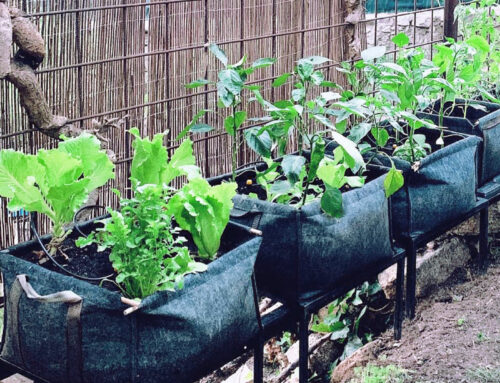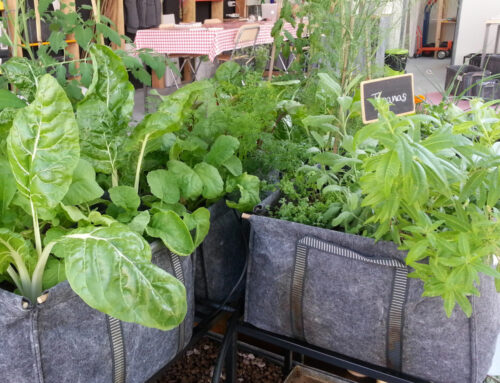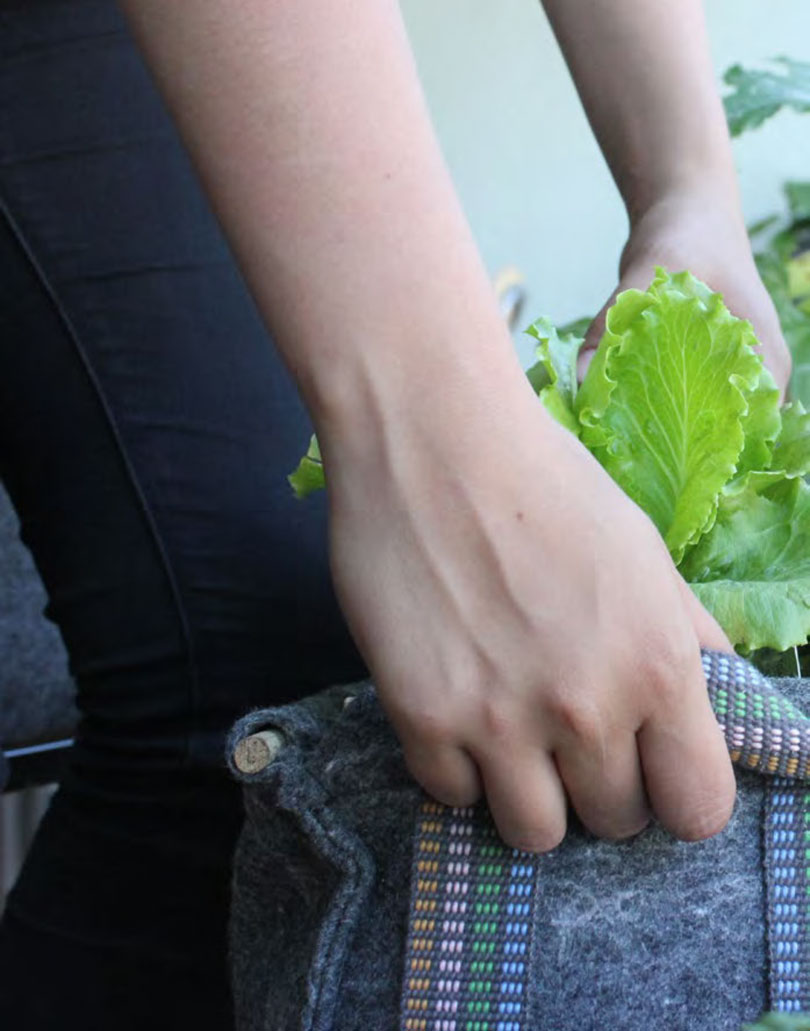
What are the advantages of grow bags?
You may be wondering what the advantages of grow bags are .
Gardeners have many questions about grow bags, as they are becoming a very important factor in plant cultivation. They are a great alternative when space is limited. Here are some of their advantages:
- Easy to use
- Flexibility in the use of space
- Lightweight and portable. Easy to transport.
- Efficient in water use
- Durable and reusable
- No soil required
- Nutrient control
- Impact resistant (unlike flower pots)
- Good drainage
- Better soil and water control
- Increased production
- Cost reduction
- Less use of pesticides and fertilizers
- Growing without harming the environment
What are the most common types of grow bags?
In the market you can find a wide variety of sacks and growing bags:
- Non-woven fabric bags
- Polyethylene bags
- Canvas bags
- Biodegradable bags
- Paper bags
- Mesh bags
- Bags of coconut substrate
Our grow bags are made of non-woven polyester geotextile , based on recycled plastic bottles . It is free of resins whose chemical components could negatively interact with the substrate. Compared to other plastic, metal, or ceramic containers, whether pots or grow tables, our bag offers significant advantages :
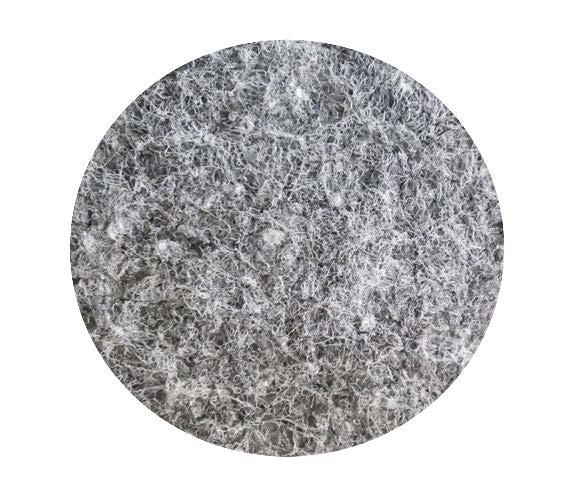
Porous and breathable
Because it is porous, it transpires , allowing the main roots to divide into hundreds of smaller ones with great capacity and power to absorb nutrients , providing exponential growth. In contrast, in rigid containers, the main root grows along the interior, greatly hindering the plant’s micronutrient absorption.
Innocuous
It is a harmless element, while wood is usually treated to prevent rot and can interact chemically in a negative way with the substrate.
Releases heat and excess water
When is it most indicated to use it?
In many cases, their use is highly recommended. They are generally used with plants with shallow roots . Some typical plants are tomatoes , carrots , beans , peppers , cucumbers , eggplants , herbs , lettuce , or any type of flower .
Grow bags are used to grow plants, vegetables, and other crops in small spaces or places where soil is unavailable . They are practical and water-efficient , making them ideal for growing on balconies , terraces, small gardens, and in urban areas. They can also be used in greenhouses and for small-scale food production. Grow bags are made of durable materials and can be reused for several years.
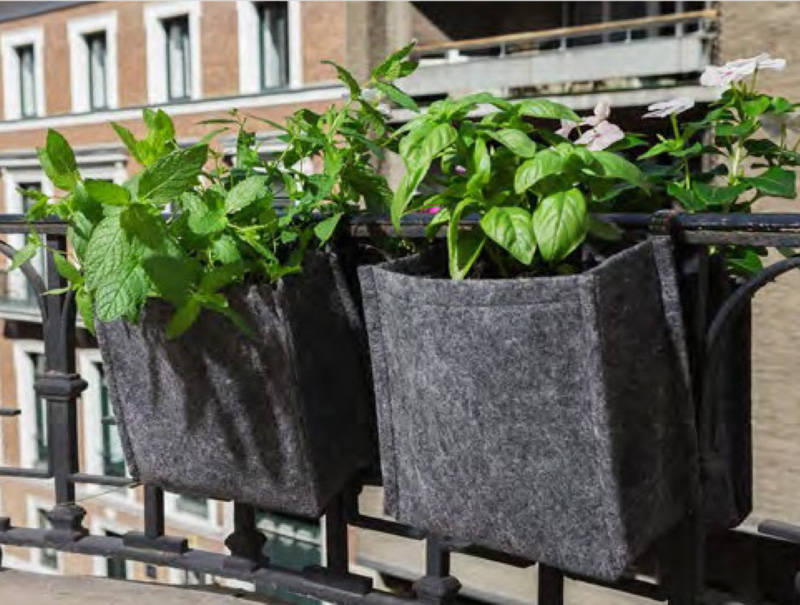
How do I use them?
There are several aspects to consider when using grow bags: soil , irrigation , fertilizers and cultivation .
- Substrate : The substrate for grow bags can be a mixture of soil, peat, compost, and vermiculite or perlite. These components provide good drainage and retain the moisture and nutrients necessary for plant growth.
- Watering : To water the grow bags, it’s recommended to use a hose or a watering can with an adjustable nozzle to control the amount of water applied. It’s important to ensure that the water reaches all of the plant’s roots and avoid waterlogging. It’s also important to allow excess water to drain to prevent root rot. Ideally, they can be equipped with an automatic watering system.
- Fertilizers : Since the substrate is limited, it must be adequately fertilized. Organic fertilizers (manure, compost, sewage sludge, etc.), chemical fertilizers (ammonium nitrate, superphosphate, potassium chloride), or specific plant mixes (liquid, granular, or powdered fertilizers)
- Growing : Some agricultural knowledge is important, as not everything can be grown in grow bags. As a general rule, remember to plant plants with shallow roots.
